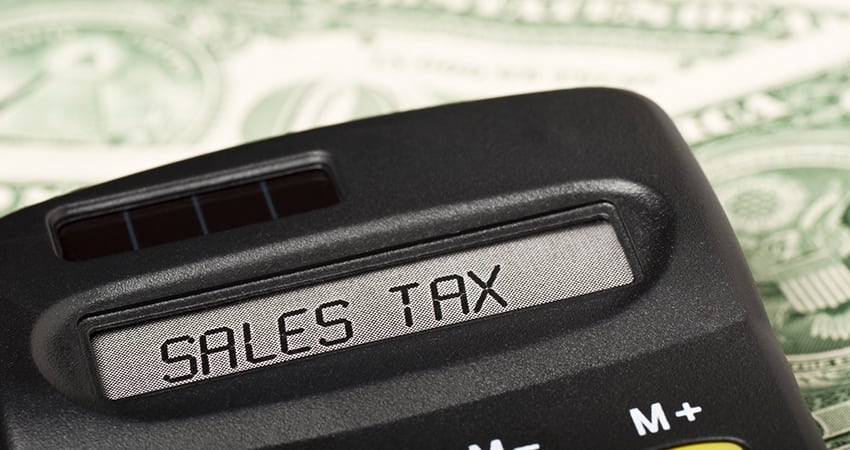While several bills are still pending at the federal level that would address ecommerce
taxation, Amazon.com Inc., the great behemoth of ecommerce in the United States, recently
cut to the chase.
For the online selling giant, no matter the state, no matter where brick-and-mortar
or distribution centers are located, and no matter the shipping destination, sales tax is
now a reality. This announcement is one of many rapidly-changing aspects of sales tax collection
for those in the world of retail commerce.
Considering the broad spectrum of retailers – from global ecommerce powerhouses to popup
shops in various markets – along with events like the upcoming tax holiday season and the
rise of local multi-merchant “markets” – it’s clear that the multi-channel merchandising aspect
of retail is truer than ever, and the “taxman” is following just behind.
There are many roads available to reach customers, and tax changes abound along each. In this
fluctuating economy and legislative environment, retailers must ask: are all of our systems
updated to follow new rules and collect the accurate amount of taxes on purchases? While
official legislation proposals are still in the air, Amazon’s recent decision and the multitude of
proposed tax laws show it is not too soon to prepare for changes. Here are three specific retail
areas to watch for updated rules and requirements in the area of sales tax:
From Pop-up to Pay Out
The pop-up industry – temporary brick-and-mortar storefronts – has grown to approximately
$50 billion in annual sales, according to PopUp Republic. Many retailers are using the model to
expand their geographic reach and consumer access. At this scale, the market for taxation is
now clearly landing on the radars of states and municipalities as they seek to ensure they are
gaining revenues from these locations, creating another layer of challenges for retailers to
overcome. Retailers need quick access to market-specific tax requirements to easily adjust their
tax formulas in pop-up environments, without hindering the pace of the “pop-up” process itself.
Is the State Sales Tax Holiday One Foot in the Grave?
Last year, Massachusetts scrapped their Sales Tax Holidays completely, while Louisiana revised
their policy by reducing the standard sales tax from 5% to 3% on their holiday.
In Missouri, voters elected to protect their sales tax holiday, saying sellers couldn’t “opt-out” of
the occasion; and this year, Florida’s Governor Rick Scott is promoting sales tax holidays as a
means to broaden the already strong tax benefit to living in Florida.
While each state has its own purveyance over this particular tax line item, we are finding that
this once-consistent event is clearly on the chopping block as a fix for state revenues, in the
face of Federal tax reform bearing down ahead. All of these changes, reductions, and back-andforth
impacts are incredibly challenging for retailers to keep up with – especially when adding in
the layer of e-commerce. For this item alone, thorough compliance tools can help keep track of
these constantly revising rules.
Could E-commerce Taxation Spell the Beginning of the End for Online
Shopping?
By 2020, millennials will make up the majority of the workforce. Of this group, some 40
percent of millennials claim a preference for buying local, even if the goods or services are
more expensive. If you take those statistics and layer in the latest news out of Amazon and the
ongoing expansion of e-commerce taxation, it’s no doubt that e-tailers are becoming concerned
about the impact of financial changes, like the potential redirection of spending.
In order to avoid this latest tax addition, some companies are actively opting to remove their
national and international distribution arrangements and leaning on search engines to drive
traffic to alternative online points of service. But with those disparate systems, how can
merchants ensure they are keeping up with the ongoing changes? By managing their sales
tax collections like they manage banking: out of the scratch pad and into the
cloud.
Just as check registers have lost favor with today’s consumers, so has the idea that tax
compliance complexities should limit the expansion potential amongst retailers today. Luckily,
when retailers are able to calculate tax in real time, across any channel, and stay up to date with
changing regulations, they are poised to meet the challenges of the complex retail industry head
on, keeping the sky as the limit.

